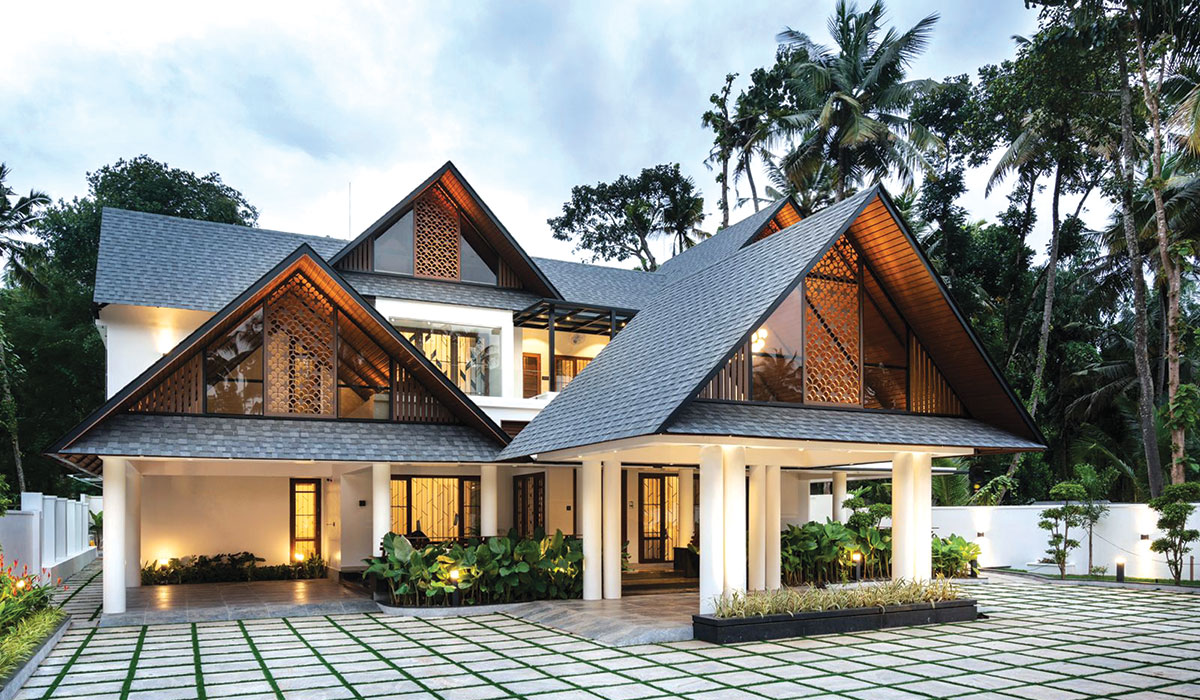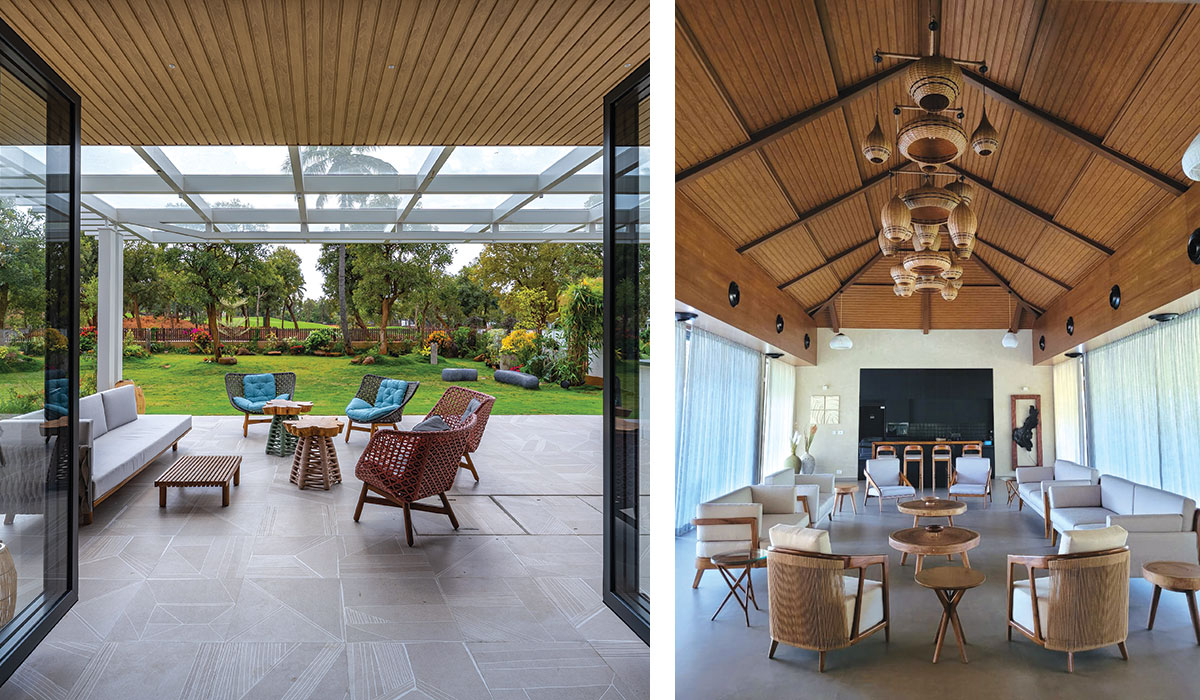Varun Poddar - Founder, VOX India

Community-centred design, an emerging design approach in architecture and urban planning, is changing how we envision and develop our living environments. This technique places the community at the centre of the design process, offering individuals the power to actively transform the places they call a home, when compared to traditional top-down methods. Community-centred design develops environments that genuinely represent the needs, goals, and identities of the people they serve via alliances, comprehension, and a shared vision.
Community-centred design involves locals, stakeholders, that makes sure that many viewpoints are included in the finished product. This promotes inclusivity and a sense of ownership.

Effective community-centred design starts with active listening. Open communication helps designers comprehend the particular opportunities and problems that a community faces. It is possible to find feasible options that align with the goals and values of the community by using this sympathetic approach.
Architects and designers incorporate ecological considerations, climatic resilience, and resource efficiency into urban settings through community-centred design. Rainwater harvesting systems, green roofs, energy-efficient structures, and the preservation of green places to improve biodiversity are a few examples of this. Adopting successful public engagement tactics is one way to guarantee the success of community-centred design.
Every community has an individual identity that is shaped by its people, history, and culture. This identity is acknowledged via community-centred design, which incorporates aesthetics and culturally relevant components. The citizens’ connection to the space strengthens, and their sense of pride enhances by this celebration.
Varun Poddar
Community-Centred Design encompasses several key principles:
- Prioritizing Public Engagement: It emphasizes the inclusion of diverse voices through community meetings, workshops, surveys, and other participatory events.
- Concentrating on Human-Scale Design: This approach ensures the design of spaces that meet the needs of people and foster vibrant streetscapes, walkability, and social interaction.
- Creating a Sense of Place: It focuses on the distinct character, culture, stories, and history of a community to foster a stronger sense of identity and belonging.
- Encouraging Environmental Sustainability: Incorporating sustainable design strategies that promote resource conservation, ecological awareness, and a healthier built environment.
Urban planning is essential to determining the general sustainability and well-being of a community as cities expand in size and complexity. Integrating community-centred design approaches that centre the design process around people’s needs, experiences, and goals—is essential to successful urban planning. Through the implementation of these approaches and the prioritization of public interaction, cities have the ability to cultivate spaces that are not only visually beautiful and practical but also align with the distinct features and community vision they serve.
















